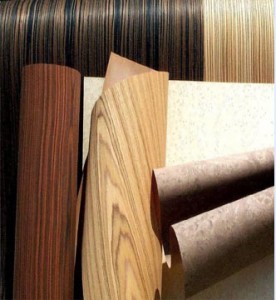Recent Posts
The Truth About Veneer vs. Solid Wood Furniture
Posted by on

At first glance, wood veneer furniture has an undeniable appeal. The lower price point makes it seem like an attractive alternative to traditional hardwood, and from a distance, it can even appear quite similar. Yet, when you take a closer look, veneer tells a very different story. While solid wood has been cherished for centuries as the standard of fine craftsmanship, veneer falls short in both durability and beauty. There’s a reason why genuine hardwood pieces cost more: they are built to last, to age gracefully, and to become part of a family’s legacy.
Why Veneer Falls Short
Wood veneer is made by slicing natural wood into thin sheets and adhering them to a base of cheaper materials such as MDF, plywood, or particleboard. This construction allows manufacturers to reduce costs while still offering the look of wood on the surface. However, the structure itself introduces several issues that affect both the durability and the authenticity of the furniture.
Prone to Damage
The thin surface layer of veneer makes it especially vulnerable to damage. Water is a particularly common enemy—spilled drinks or even excess humidity can cause the veneer to bubble, warp, or peel away, revealing the material beneath. Unlike solid wood, which can often be refinished, a veneer surface usually requires a full replacement once it’s damaged. This makes repairs costly and sometimes impossible.
Repeating Grain Patterns
Another telltale sign of veneer is its repetitive, mirror-image grain, often called the “butterfly” effect. Because veneers are cut and placed in pairs, the wood grain looks manufactured rather than natural. By comparison, solid wood furniture displays unique, organic grain patterns that tell the story of the tree it came from. No two solid wood pieces are ever exactly alike, which is part of their enduring charm.
Cracking Over Time
One of the most significant structural problems with veneer is that the thin wood layer and the core material beneath expand and contract at different rates with changes in temperature or humidity. Over time, this conflict can cause cracks to form or the veneer to separate from its base, leaving the piece fragile and unattractive. Solid wood, by contrast, expands and contracts uniformly, making it much more stable and resilient.
The Lasting Value of Solid Wood
Investing in solid wood furniture is about more than just avoiding the problems veneer presents. It is about owning something that grows more beautiful over time. Solid wood has the strength to withstand decades of use and the ability to be sanded, refinished, or restored as needed. Instead of needing replacement, hardwood furniture can be passed down from one generation to the next, carrying with it both quality and sentimental value.
A dining table, for example, becomes more than just a place to share meals; it becomes part of family history, marked by gatherings, celebrations, and memories. A handcrafted desk is not only a workspace but also a testament to tradition, one that can be used and enjoyed for decades without losing its character.
Why Solid Wood Is Worth the Investment
While wood veneer furniture may seem like a cost-saving choice, its short lifespan often results in higher costs over time. Furniture that chips, peels, or cracks must eventually be replaced, whereas solid wood can last a lifetime with proper care. More importantly, solid wood carries an authenticity that veneer cannot imitate. The weight, the texture, the craftsmanship, and the subtle variations in grain make each piece one of a kind.
We believe furniture should embody elegance, history, and endurance. Each of our pieces is handcrafted from solid hardwoods, designed not only to furnish your home but also to enrich it with timeless beauty. By choosing solid wood, you invest in furniture that will stand the test of time, offering both functionality and artistry for generations to come. View our collection of antique reproductions today.









